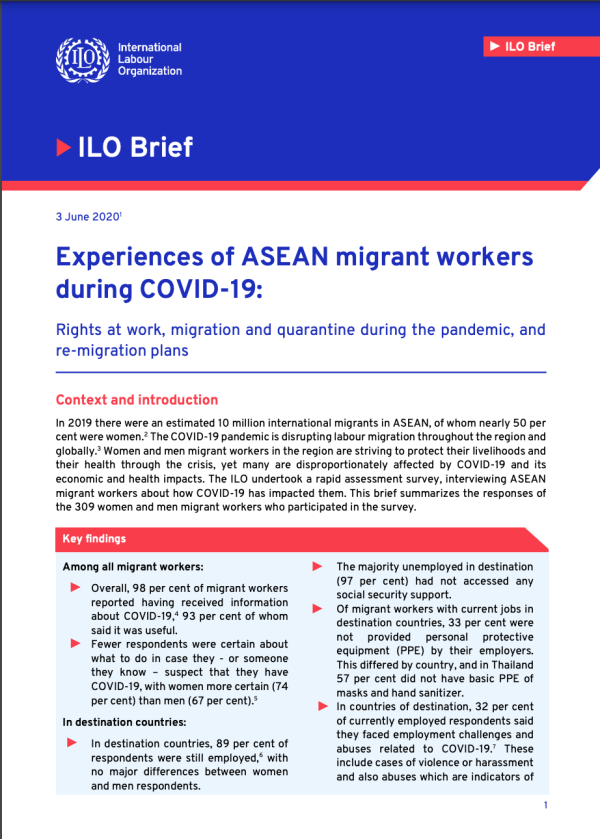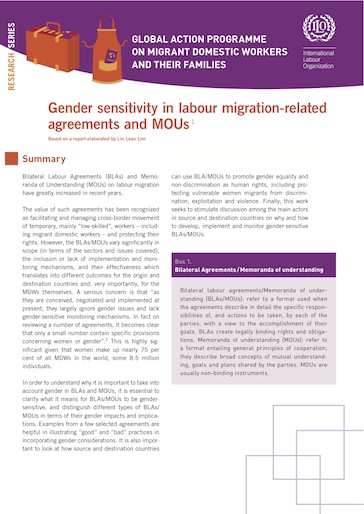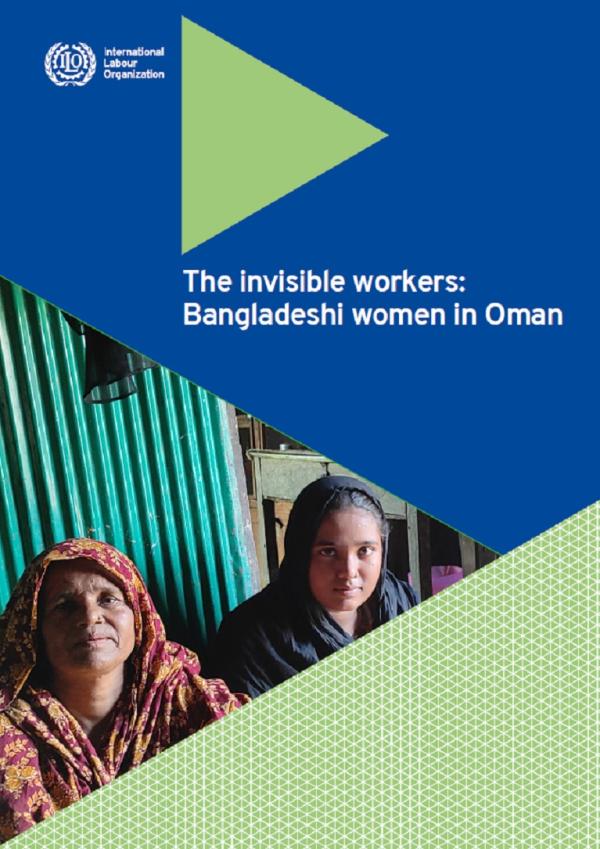The Integrated Gender Responsiveness-One Roof Services Office (LTSA-MRC) in Cirebon receives Indonesian Migrant Worker Award from the Ministry of Manpower
Posted at December 21st 2021 12:00 AM | Updated as of December 21st 2021 12:00 AM
Region/Country : ,
|Themes : , , , , ,
Establishing synergies and strategies to better protect women migrant workers
Posted at September 18th 2018 12:00 AM | Updated as of September 18th 2018 12:00 AM
Region/Country :
|Themes : , , , ,
Building stronger solidarity and partnership for safer and fairer labour migration under the new normal
Posted at December 23rd 2020 12:00 AM | Updated as of December 23rd 2020 12:00 AM
Region/Country :
|Themes : , ,





